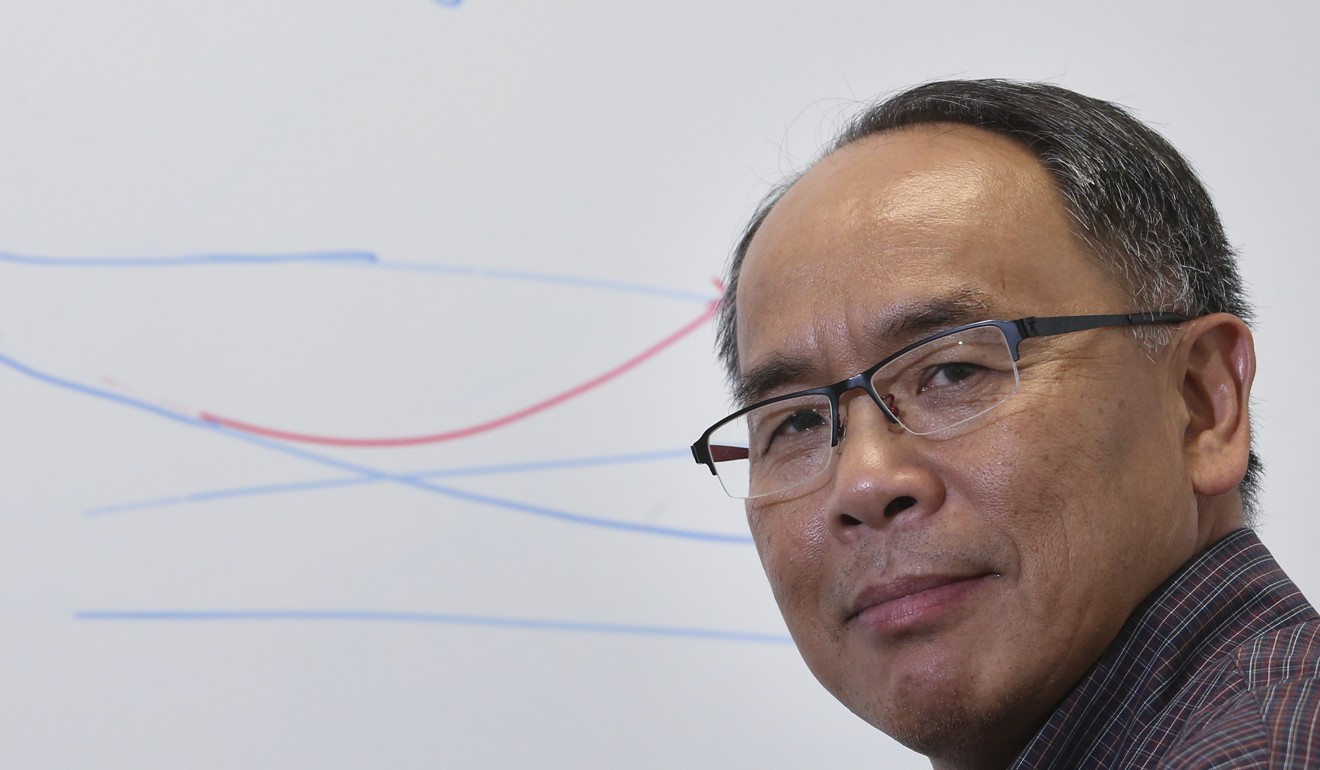
Why the big difference in estimates for crowd size by police and organisers of Sunday’s protest march in Hong Kong?
- Discrepancy in the figures is a reflection of the polarisation in society, say two scholars
- Crowd estimations for march attendance have long been point of contention between pro-democracy and pro-government camps
Neither of the headcounts by police and protest organisers for Sunday’s march against Hong Kong’s proposed fugitive law amendment fully reflected reality, and the wide discrepancy between the two figures showed the further polarisation of society, two scholars have said.
The pro-democracy Civil Human Rights Front claimed 130,000 attended the march against a controversial amendment to the city’s Fugitive Offenders Ordinance.
Police, however, said that 22,800 were present at the event’s peak – less than a fifth of the front’s total.
“The enlarged gap reflects mistrust and the divide in society,” said Paul Yip Siu-fai, of the University of Hong Kong’s social sciences faculty.
If Hong Kong extradites to mainland China, will anyone come the other way?
Dr Chung Kim-wah, of Polytechnic University, argued that the tendency for police to underestimate turnouts might have prompted the organisers to exaggerate their estimate.
Crowd estimations for rally and march attendance have long been a point of contention between the pro-democracy and pro-government camps.

While the former has been accused by the latter of exaggerating turnouts, police are often said to play down attendance.
A similar pattern can also be observed in headcounts for the annual July 1 march released by the front, police and the University of Hong Kong’s public opinion programme (HKUPOP).
Between 2003 and 2010, the front’s estimates were usually two to three times higher than the police’s.
The discrepancy widened after 2010 when the front’s counts were often five to six times larger than those by law enforcement.
The front’s vice-convenor, Figo Chan Ho-hang, said it had been using the same method in recent years to estimate turnout at marches.
Estimated 130,000 protesters join march against proposed extradition law
Chan said volunteers were stationed at three to four locations on the route on Sunday to estimate the number of people who passed by.
In past years, the front also multiplied the count 1.5 times to simulate the effect of people joining or leaving midway during the procession, but they did not elaborate on how they came up with their figure.

Instead of estimating the total turnout of marchers, police publish a figure for what they believe to be the peak of the processions.
A police spokesman said on Monday that officers counted the number of marchers from “multiple high points”.
“The number of participants in public meetings and processions estimated by police is only a rough figure solely for the purpose of effective manpower deployment,” he said.
Police did not disclose if any equipment or methods were used in making the estimation.
Bookseller leaves Hong Kong for Taiwan, fearing proposed extradition law
As for HKUPOP, it estimated march attendance by setting up a counting station on a footbridge at the crossing of Hennessy Road and Arsenal Street in Wan Chai.
The footbridge is located towards the end of the march route, on which protesters usually head from Causeway Bay to the government headquarters in Admiralty.
A team of researchers count the number of people passing under the footbridge in a two-hour period to get a headcount.
To account for the possibility of people not completing the march or taking another route, the researchers conduct a telephone survey to obtain a statistical factor.
They then publish an attendance estimate with an upper and lower limit.

Instead of giving a turnout for the whole procession like the front, Chung said police only gave an estimate of the so-called peak period, leading to a smaller figure.
This may have led the front to exaggerate its estimate. “If you play down the figure, I’ll pump it back up,” Chung said.
Yip said the front’s estimates may not accurately reflect the actual turnout, but were a good indicator of social discord.
“The estimate claimed by the organiser is a barometer of the dissatisfaction in the community towards the government,” Yip said.
More participation from independent groups could help in getting more realistic estimates of march turnouts, he added.
Chan said the front had reported its estimate on Sunday in an honest fashion, adding that the march was probably had the highest attendance since the Occupy protests in 2014.


